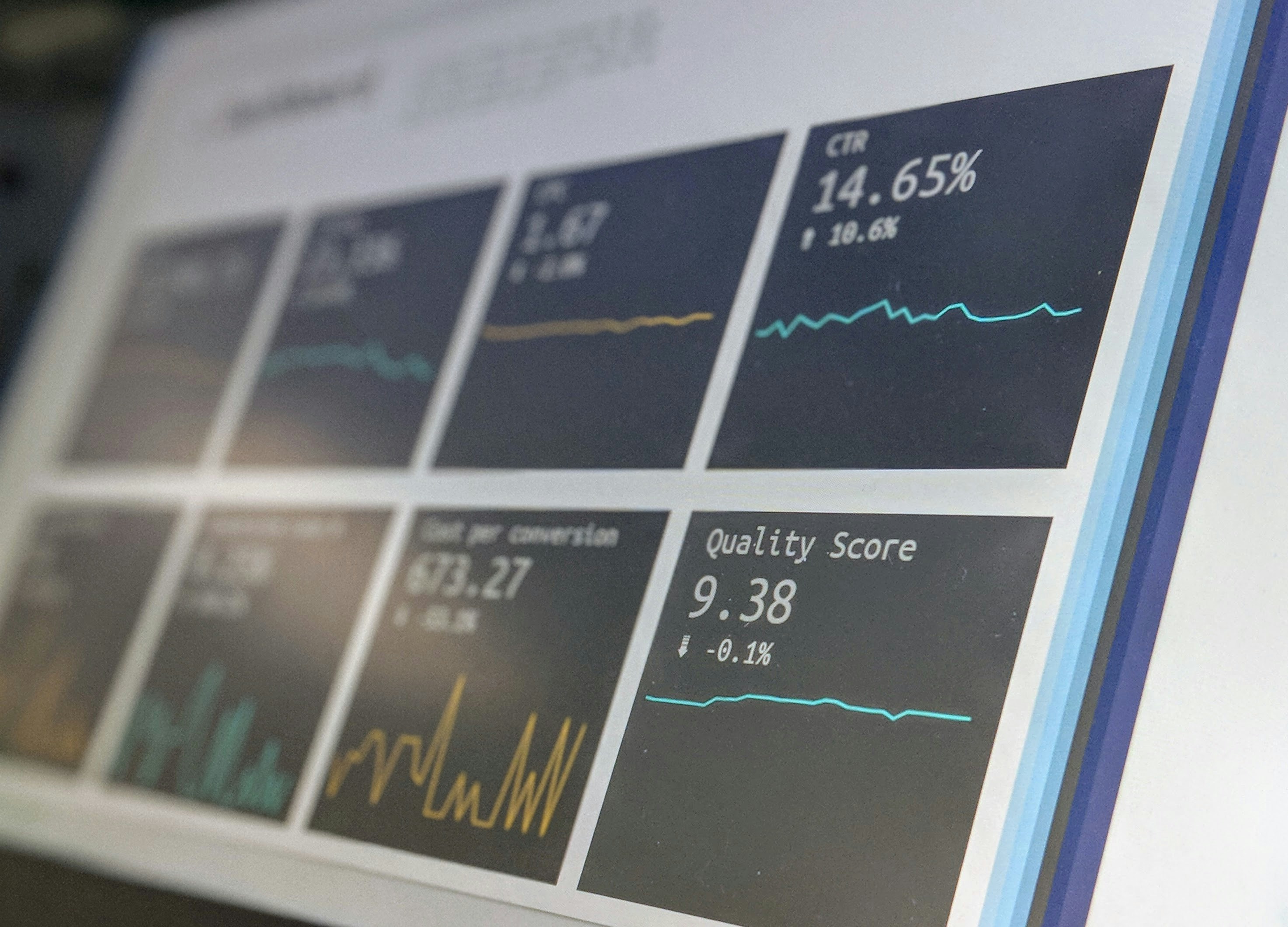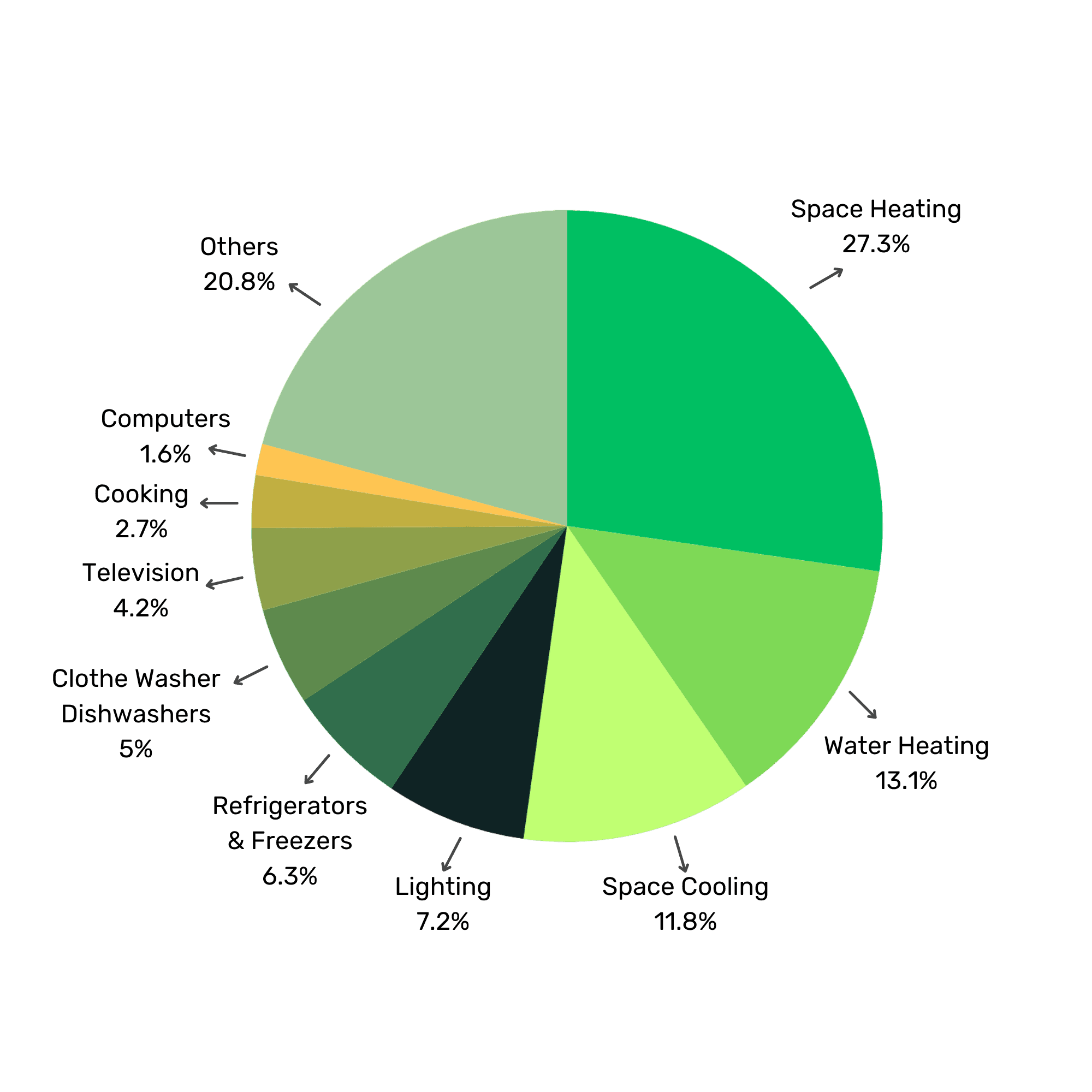
Green Buildings & Why
We Need Them
Green Buildings & Why
We Need Them
Learn why green buildings are crucial for a sustainable future
and environment
Learn why green buildings are crucial for a sustainable future
and environment
Learn why green buildings are
crucial for a sustainable future
and environment
Understanding the Impact of Exponential Population Growth on Housing and Development
Understanding the Impact of Exponential Population Growth on Housing and Development
Understanding the Impact of Exponential Population Growth on Housing and Development
The exponential growth of the human population has led to an increased demand for housing and development.
The exponential growth of the human population has led to an increased demand for housing and development.
The exponential growth of the human population has led to an increased demand for housing and development.
The exponential growth of the human population has led to an
increased demand for housing and development.
Population Growth
Population Growth
Population Growth
The rapid increase in the global population has created a pressing
need for more homes.
The rapid increase in the global population has created a pressing
need for more homes.
The rapid increase in the global population has created a pressing
need for more homes.
Depletion of Resources
Depletion of Resources
Depletion of Resources
The construction boom is causing a depletion of nonrenewable resources, posing economic challenges.
The construction boom is causing a depletion of nonrenewable resources, posing economic challenges.
The construction boom is causing a depletion of nonrenewable resources, posing economic challenges.








Green Buildings: Meeting the Demand for Sustainable Homes
Green Buildings: Meeting the Demand for Sustainable Homes
Green Buildings: Meeting the Demand for Sustainable Homes
With the exponential growth of the human population, the need for new home construction is on the rise. As the earth's population continues to increase, construction, development, and gut-rehabilitation grow with it. About 1.5-2 million new homes will need to be constructed per year to meet the demands of the growing population. However, this poses an economic challenge due to the depletion of nonrenewable resources.
With the exponential growth of the human population, the need for new home construction is on the rise. As the earth's population continues to increase, construction, development, and gut-rehabilitation grow with it. About 1.5-2 million new homes will need to be constructed per year to meet the demands of the growing population. However, this poses an economic challenge due to the depletion of nonrenewable resources.
With the exponential growth of the human population, the need for new home construction is on the rise. As the earth's population continues to increase, construction, development, and gut-rehabilitation grow with it. About 1.5-2 million new homes will need to be constructed per year to meet the demands of the growing population. However, this poses an economic challenge due to the depletion of nonrenewable resources.
Economically, the problem comes with the depletion of nonrenewable resources.
Economically, the problem comes with the depletion of nonrenewable resources.
Economically, the problem comes with the depletion of nonrenewable resources.
Pollution and the depletion of resources is anticipated to worsen as standards of living in developing countries rise
Pollution and the depletion of resources is anticipated to worsen as standards of living in developing countries rise
Pollution and the depletion of resources is anticipated to worsen as standards of living in developing countries rise
And as the supply of building resources becomes more scarce, the demand for those resources continues to increase, causing costs to skyrocket
And as the supply of building resources becomes more scarce, the demand for those resources continues to increase, causing costs to skyrocket
And as the supply of building resources becomes more scarce, the demand for those resources continues to increase, causing costs to skyrocket
Buildings are one of the largest exploiters of resources in the US
They take up 73% of all electricity consumption, 53% of all carbon dioxide output and 17% of drinking water usage!
Buildings are one of the largest exploiters of resources in the US
They take up 73% of all electricity consumption, 53% of all carbon dioxide output and 17% of drinking water usage!
Buildings are one of the largest exploiters of resources in the US
They take up 73% of all electricity consumption, 53% of all carbon dioxide output and 17% of drinking water usage!
Buildings are one of the largest exploiters of resources in the US
They take up 73% of all electricity consumption, 53% of all carbon dioxide output and 17% of drinking water usage!




Energy Usage in the U.S. Residential Sector in 2015
Energy Usage in the U.S. Residential Sector in 2015
Energy Usage in the U.S. Residential Sector in 2015
Energy Usage in the U.S. Residential Sector in 2015
Environmental Impact
Environmental Impact
Environmental Impact
This industry consumes 40% of the world's usage in raw stones, gravel, and sand. As well as 25% of the world's virgin wood per year.
This industry consumes 40% of the world's usage in raw stones, gravel, and sand. As well as 25% of the world's virgin wood per year.
This industry consumes 40% of the world's usage in raw stones, gravel, and sand. As well as 25% of the world's virgin wood per year.
Reducing Waste
Reducing Waste
Reducing Waste
In the U.S., construction and demolition waste constitutes for about 40% of the total solid waste streams. It contributes to 23% of air pollution, 40% of drinking water pollution and 50% of landfill waste.
In the U.S., construction and demolition waste constitutes for about 40% of the total solid waste streams. It contributes to 23% of air pollution, 40% of drinking water pollution and 50% of landfill waste.
In the U.S., construction and demolition waste constitutes for about 40% of the total solid waste streams. It contributes to 23% of air pollution, 40% of drinking water pollution and 50% of landfill waste.
Conserving Resources
Conserving Resources
Conserving Resources
The average American home consumes 5x more energy than the average global citizen, 10x more than the average Chinese person and nearly 20x more that the average Indian.
The average American home consumes 5x more energy than the average global citizen, 10x more than the average Chinese person and nearly 20x more that the average Indian.
The average American home consumes 5x more energy than the average global citizen, 10x more than the average Chinese person and nearly 20x more that the average Indian.
Carbon Emission & Climate Change
Carbon Emission & Climate Change
Carbon Emission & Climate Change
Buildings create about 41% of all carbon emissions in the US. Even more than the industrial and transportation industries, taking the title as the top contributor to climate change!
Buildings create about 41% of all carbon emissions in the US. Even more than the industrial and transportation industries, taking the title as the top contributor to climate change!
Buildings create about 41% of all carbon emissions in the US. Even more than the industrial and transportation industries, taking the title as the top contributor to climate change!


Impacts of Climate Change on Public Health and Urban Environments
Impacts of Climate Change on Public Health and Urban Environments
Impacts of Climate Change on Public Health and Urban Environments
Human-induced climate change is already affecting many weather and climate extremes across the globe; such as heat waves, heavy precipitation, droughts, and tropical cyclones.
Mosquitoes, roaches, and rats are starting to over populate residential areas due to disruptions in natural food chains. Under normal environmental conditions, pest populations would be controlled by the animals that feed on them.
It doesn't end there. Humans suffer in a vast array of ways when they are disconnected from nature, clean water, clean air, fresh foods, and aesthetically pleasing surroundings.
Studies have shown that crime rates, physical and mental health, the economy, and wildlife are all impacted when environments are in poor
even moderate conditions.
Human-induced climate change is already affecting many weather and climate extremes across the globe; such as heat waves, heavy precipitation, droughts, and tropical cyclones.
Mosquitoes, roaches, and rats are starting to over populate residential areas due to disruptions in natural food chains. Under normal environmental conditions, pest populations would be controlled by the animals that feed on them.
It doesn't end there. Humans suffer in a vast array of ways when they are disconnected from nature, clean water, clean air, fresh foods, and aesthetically pleasing surroundings.
Studies have shown that crime rates, physical and mental health, the economy, and wildlife are all impacted when environments are in poor
even moderate conditions.
Human-induced climate change is already affecting many weather and climate extremes across the globe; such as heat waves, heavy precipitation, droughts, and tropical cyclones.
Mosquitoes, roaches, and rats are starting to over populate residential areas due to disruptions in natural food chains. Under normal environmental conditions, pest populations would be controlled by the animals that feed on them.
It doesn't end there. Humans suffer in a vast array of ways when they are disconnected from nature, clean water, clean air, fresh foods, and aesthetically pleasing surroundings.
Studies have shown that crime rates, physical and mental health, the economy, and wildlife are all impacted when environments are in poor
even moderate conditions.

At Global Oasis
At Global Oasis
At Global Oasis
Every project we work on is built on a combination of green
building principles. These include the U.S Green Business Council and other nationally
recognized leaders in the green industry. The professionals that we collaborate with also honor these
principals. As a team, we work seamlessly together to achieve truly clean and sustainable developments.
Every project we work on is built on a combination of green
building principles. These include the U.S Green Business Council and other nationally
recognized leaders in the green industry. The professionals that we collaborate with also honor these
principals. As a team, we work seamlessly together to achieve truly clean and sustainable developments.
Every project we work on is built on a combination of green
building principles. These include the U.S Green Business Council and other nationally recognized leaders in the green industry. The professionals that we collaborate with also honor these principals. As a team, we work seamlessly together to achieve truly clean and sustainable developments.
© 2023 Global Oasis. All rights reserved.
© 2023 Global Oasis. All rights reserved.
© 2023 Global Oasis. All rights reserved.
© 2023 Global Oasis. All rights reserved.